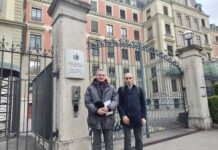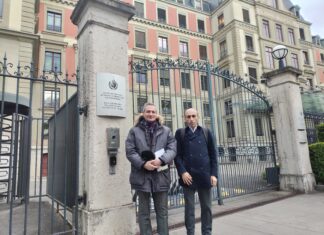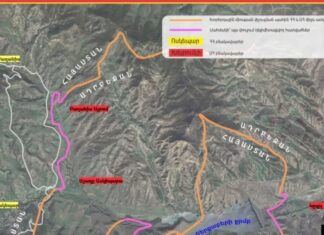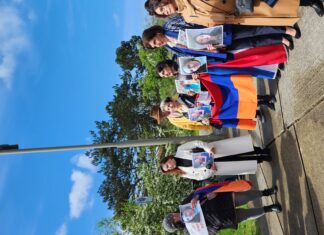BELMONT, Mass. — On September 29, Professor Anna Ohanyan of Stonehill College spoke at the National Association for Armenian Studies and Research (NAASR) about her recently published book, The Neighborhood Effect: The Imperial Roots of Regional Fracture in Eurasia.
The book grew out of Ohanyan’s research and interest in approaching the study of politics from a regional perspective. In it, the scholar tries to answer why, when empires fall, some regions (for example, the Baltic States) emerge as democratic and prosperous while others (such as the Transcaucasia) erupt in interstate or ethnic conflict.
Ohanyan’s short answer seems to be “democracy.” Despite widespread criticism of the Nikol Pashinyan administration, Ohanyan argues that the 2018 Velvet Revolution was a valuable and necessary development for the country.
She said, “For a small nation, security comes from democracy. If you don’t have democracy, forget about security, forget about your statehood. Because at its core, democracy is for people to decide who is going to govern them. When they don’t have that choice, external powers can influence politics.”
Imperial Roots
Ohanyan said regionalism is “both part of the problem as well as the solution.”










